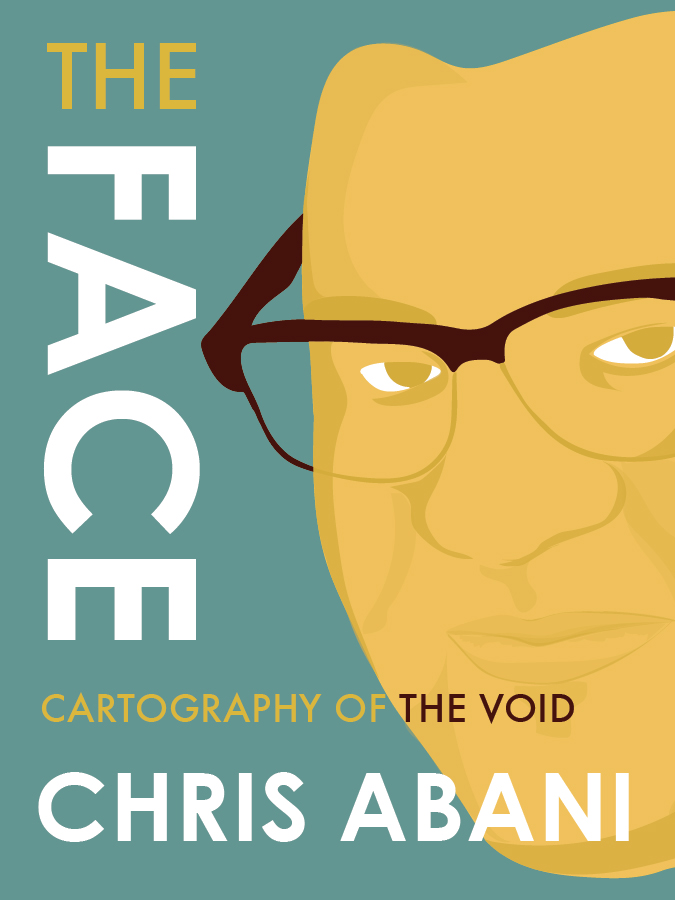What You Didn’t Know About Loving v. VirginiaPosted in Articles, History, Law, Media Archive, United States, Virginia on 2016-06-12 23:40Z by Steven |
What You Didn’t Know About Loving v. Virginia
TIME
2016-06-10
The landmark civil rights Supreme Court case—which made it illegal to ban interracial marriage—was about more than black and white
When the Supreme Court heard arguments in the case Loving v. the Commonwealth of Virginia, defendants Richard and Mildred Loving chose not to appear in person. In 1958, they had been convicted for the felony of miscegenation. As lawyers presented their arguments, 17 states remained steadfast in their refusal to repeal such laws banning interracial marriages. But, though he did not attend the arguments, Richard sent a message to the justices: “Tell the Court I love my wife and it is just not fair that I cannot live with her in Virginia.”
The justices unanimously agreed. On June 12, 1967, proscriptions against interracial marriage were declared unconstitutional.
In the years since, the couple’s victory has often been seen as a touchstone in the fight for black civil rights. The Lovings’ lawyer’s assertion before the court that anti-miscegenation statutes were “ the most odious of the segregation laws and the slavery laws” reinforced this assumption. As historian Peter Wallenstein aptly stated in his book Tell the Court I Love My Wife, “There was no doubt in anybody’s mind as to the racial identities, white and black, of the people who claimed to be Mr. and Mrs. Loving.”
But the Lovings’ public persona was more myth than reality. While researching my book That the Blood Stay Pure: African Americans, Native Americans and the Predicament of Race and Identity in Virginia, I spoke to Mildred Loving, who died in 2008. “I am not black,” she told me during a 2004 interview. “I have no black ancestry. I am Indian-Rappahannock. I told the people so when they came to arrest me.”…
Read the entire article here.


